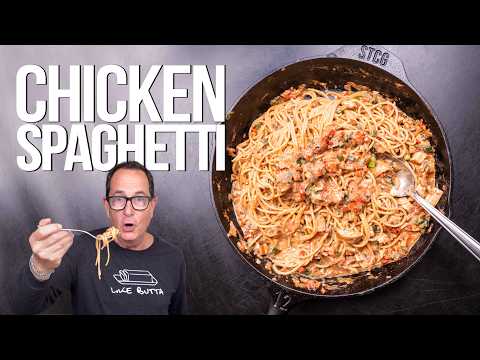Remember all the cultural shifts that spelled doom for feature films?
The advent of affordable televisions in the 1950s would crush the movie-going experience, some feared. Not even close.
Later, cable TV and VCRs threatened the theatrical experience, at least on paper. Why go to the movies when new-ish films wait in your living room?
The movies still stood tall.
Even video games and Facebook haven’t ended movie-going, although both have taken a bite from the theatrical apple in our post-pandemic world.
Now, a study suggests a trend that could hit Hollywood where it hurts the most. The results from Deloitte‘s digital media trends survey offered a sobering message for traditional Hollywood.
In Warning Sign for Hollywood, Younger Consumers Are Choosing Creator Content Over Premium TV and Movies https://t.co/cbkDNWGXEB
— The Hollywood Reporter (@THR) March 25, 2025
New media platforms like YouTube are here to stay, and they represent an existential threat to La La Land. Here’s the kill shot, courtesy of The Hollywood Reporter.
The survey finds that 56 percent of Gen Zs and 43 percent of millennials surveyed find social media content “more relevant than traditional TV shows and movies,” [emphasis added] and roughly half feel a stronger personal connection to social media creators than to TV personalities or actors.
The latter explains why the galaxy of stars promoting Vice President Kamala Harris didn’t drag her over the finish line Nov. 5.
The big picture is more ominous.
Social media creators churn out content at a far lower price point than traditional Hollywood. Comedian Tim Dillon pointed this out, noting his self-produced video podcast draws plenty of eyeballs but costs dramatically less than, say, an episode of “The View.”
This is happening across the new media landscape.
Take a creator like Sam the Cooking Guy. His YouTube channel boasts 3.8 million subscribers and his slick, evergreen videos draw hundreds of thousands of views. The channel’s strong production values and affable host make it comparable to some Food Network productions.

Sam Zien shoots most of his videos at home and uses family members as his crew. He is one of countless examples of content creators making do with less.
Meanwhile, Hollywood keeps enduring mega-flop after mega-flop due to sky-high budgets and dwindling appeal. The recent “Mickey 17,” with a $118 million budget, may cost Warner Bros. $75 million. The same studio’s “Alto Knights” will similarly set the company back, big time.
The news gets even worse for Hollywood.
…consumers across the board are increasingly dissatisfied with the value provided by paid streaming services. Almost half say that they pay too much for the SVOD services they use, and 41 percent say that the content isn’t worth the price.
Hollywood is shifting from cable-based programming to the streaming landscape, but it’s been a bumpy transition. Netflix has fared best, but other major outlets have struggled to achieve economic balance.
Disney CEO Bob Iger admitted Disney+ cost the company $4 billion to date.
There’s a silver lining to the survey.
Free platforms like Tubi and PlutoTV may be the future. Those streamers serve up traditional TV ads in addition to copious TV and film content.
The media landscape spent decades disconnecting audiences from advertisements, yet the future may be more Tubis and less Netflix-style services.
Fox-owned Tubi has 97 million monthly active users, a library of 275,000 movies and TV episodes, and big ambitions. #FCMostInnovative https://t.co/6SoyNZ4mhz
— Fast Company (@FastCompany) March 21, 2025
The other solution is much harder to achieve but ultimately necessary. Create more compelling content at a cheaper price point.
That’s easier said than done, but it’s also increasingly necessary in our digital age.
The post The One Survey That Should Scare Hollywood Silly appeared first on Hollywood in Toto.
0 Comments